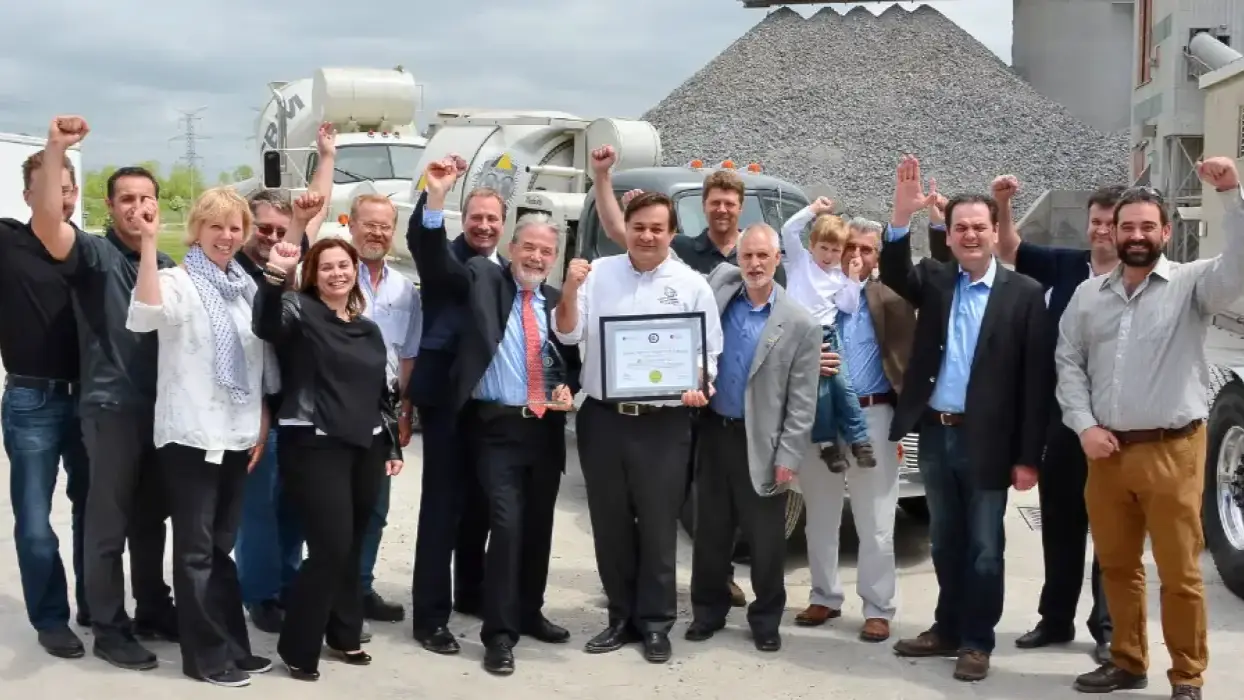

Energy Management


It may seem obvious but in life, every situation we face can be sub-divided into 3 categories: a) things we can control; b) things we can influence; and c) things that are completely out of our control. Making the best of any situation is a matter of figuring out what parts of the challenge fit into which category, and deciding where to invest time, money, or effort to achieve your best possible outcome.

The situation of rising energy costs in Canada is really no different. Prices are rising for both electricity and natural gas due to carbon taxes and electrical capacity charges (known in Ontario as Global Adjustment – the government’s revenue stream to maintain the electricity grid). These costs feel especially onerous for small and mid-size companies who are not offered the free Cap & Trade carbon allowances or demand-based electricity incentives from which their large counterparts benefit. These increases have gained a lot of media attention, and various business groups are placing their efforts on their area of influence: using their collective leverage to lobby for greater government regulation (and reduction) of prices. They feel there is nothing they can control.
Lack of control over energy costs is a common misperception. Many businesses do not understand the extent of cost savings they can achieve through their own actions. Exerting influence can be a parallel strategy, but the outcomes are uncertain and the time investment carries risk. Focusing on what you control is guaranteed to leave money in the bank, regardless of whether government-regulated charges change.
360 Energy’s Journey to Energy Excellence empowers clients to understand what they control and what they influence. They learn to use that knowledge strategically to reduce both their per-unit costs, and overall consumption of energy. They learn that energy costs are impacted by decisions in accounting, procurement, operations, human resources, communications and other areas. These players learn to actively collaborate; matching purchasing with usage, and equipment choices with operating practices. They learn to apply energy knowledge and data on an on-going basis to maintain savings. This leads to lower energy bills, and buffers the business against external forces such as market or government-based price fluctuations.
Durez Canada, a division of Sumitomo Bakelite in Fort Erie, ON, produces plastic compounds and resins for the automotive, electronics, and oil & gas industries. In 2014, global trends forced them to seek ways to stay cost competitive and they chose energy management as part of this. Durez’ resulting energy strategy is multi-faceted. They have succeeded due to a dynamic energy team that actively built their knowledge, carefully prioritized, and continually motivated each other to find new savings. They combined technical projects (improving insulation and reducing steam leaks), operational changes (rescheduling shifts to achieve real down-time for heating equipment), and ensuring rate optimization and competition in energy procurement. Incentive money formed a small and one-time part of their achievement, but the reduced costs and continuous improvement culture will ensure benefits for years to come.
Status:
Ready
OG Link:
https://360energy.net/change-things-can/
Notes: